25+ SAMPLE Construction Quality Control Checklist
-
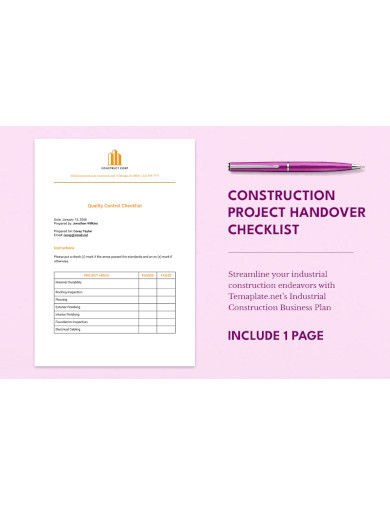
Construction Quality Control Checklist
download now -
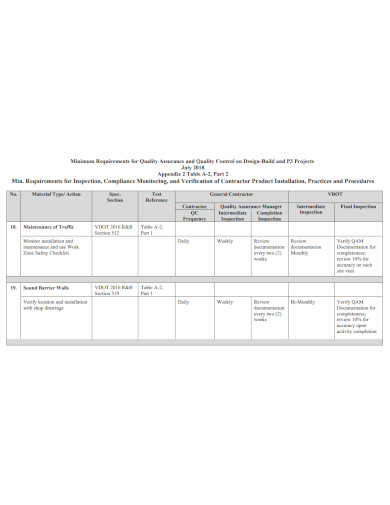
Construction Test Plan Quality Control Checklist
download now -
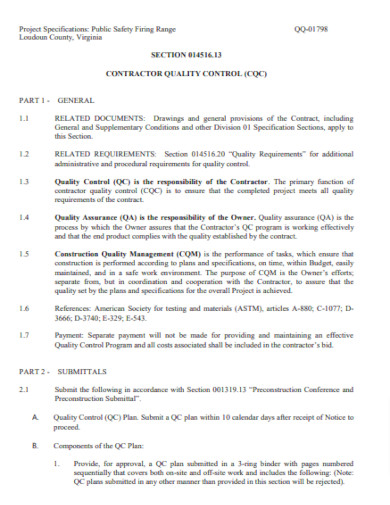
Construction Contract Quality Control Checklist
download now -

Simple Construction Quality Control Checklist
download now -
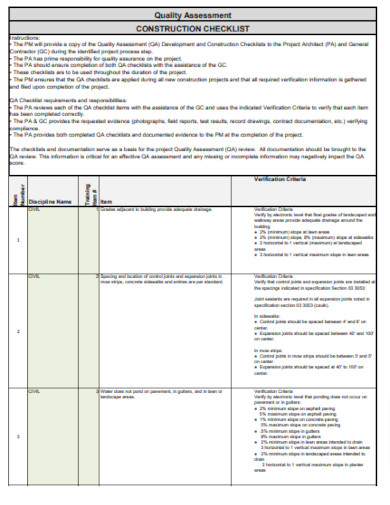
Construction Project Quality Control Checklist
download now -
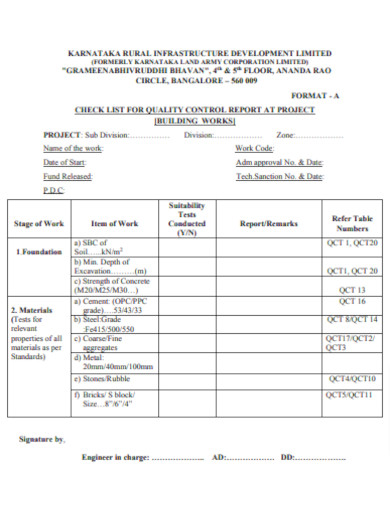
Construction Concrete Quality Control Checklist
download now -
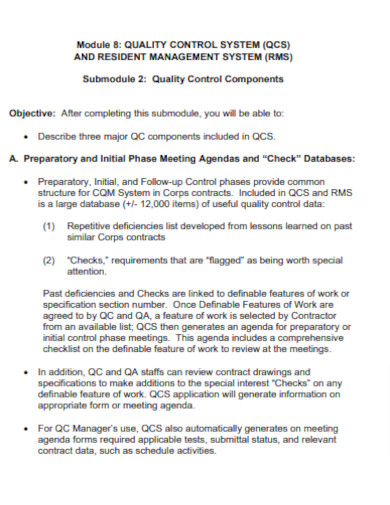
Construction Quality Control System Checklist
download now -
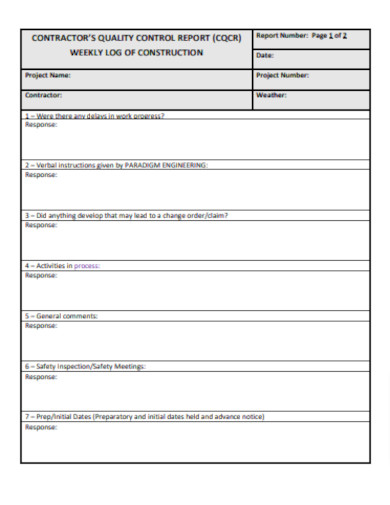
Construction Quality Control Plan Checklist
download now -
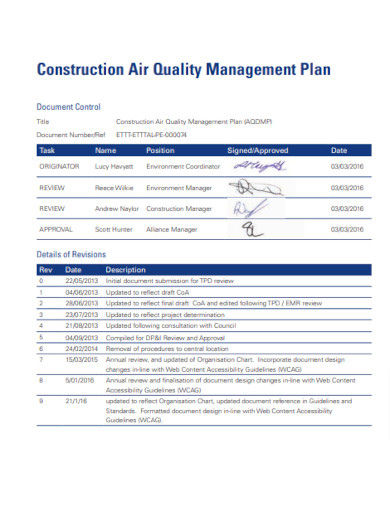
Construction Quality Control Management Plan Checklist
download now -

Construction Quality Control Masonry Checklist
download now -
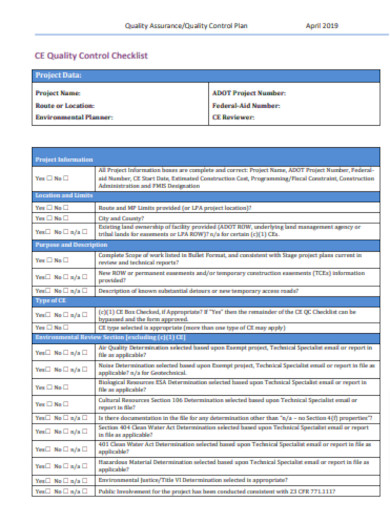
Construction Quality Assurance Control Checklist
download now -
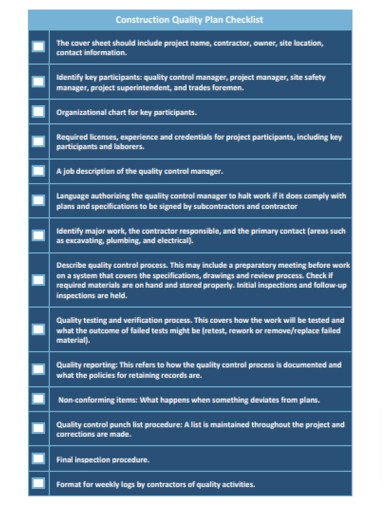
Sample Construction Quality Control Checklist
download now -
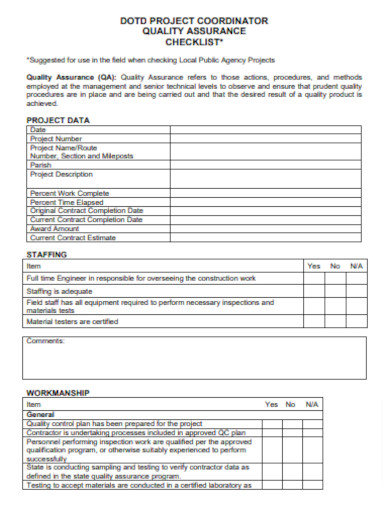
Construction Quality Control Project Checklist
download now -
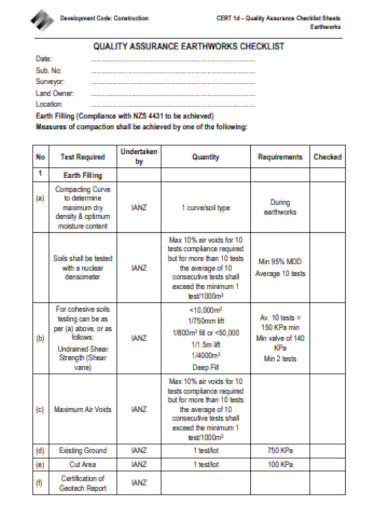
Printable Construction Quality Control Checklist
download now -
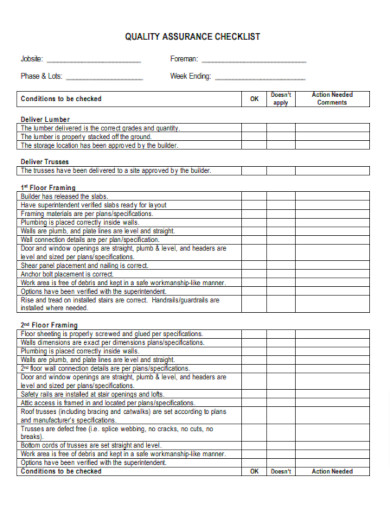
Construction Quality Control Checklist Outline
download now -
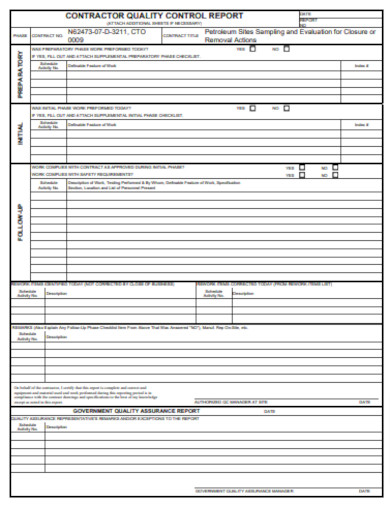
Construction Quality Control Checklist Report
download now -
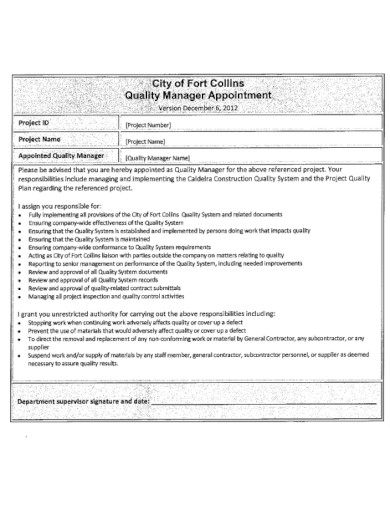
Construction Quality Manager Control Checklist
download now -
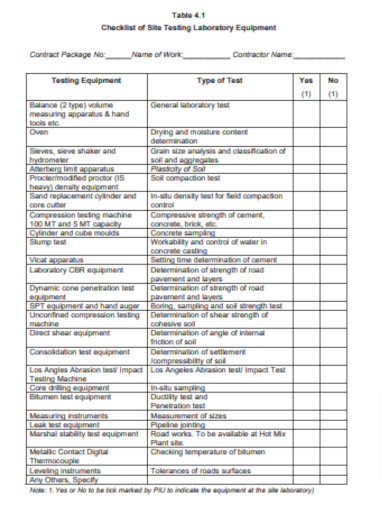
Construction Quality Control Site Testing Checklist
download now -
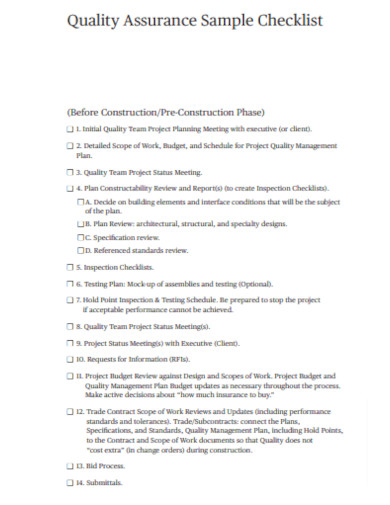
Basic Construction Quality Control Checklist
download now -
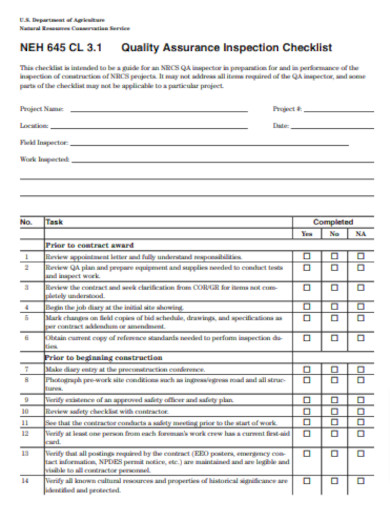
Construction Quality Control Inspection Checklist
download now -
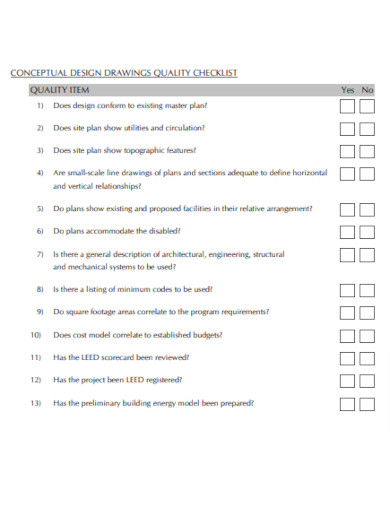
General Construction Quality Control Checklist
download now -
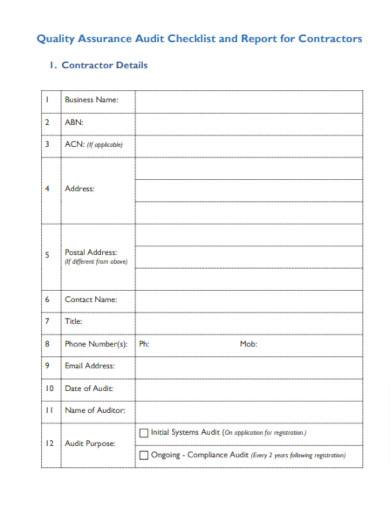
Construction Quality Control Audit Checklist
download now -
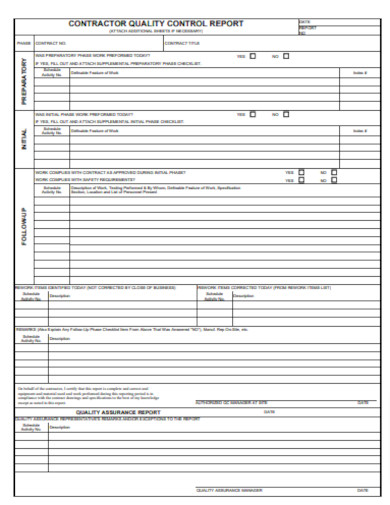
Editable Construction Quality Control Checklist
download now -
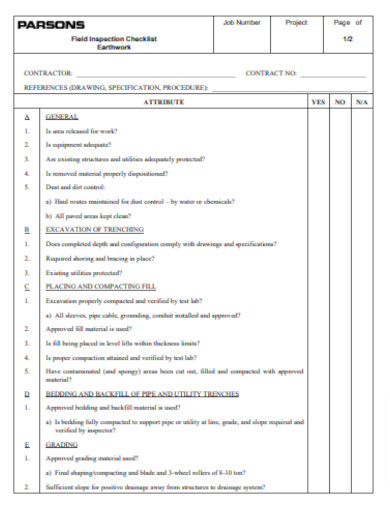
Construction Quality Control Checklist Format
download now -
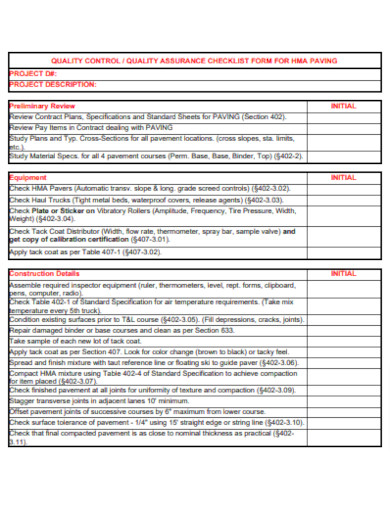
Construction Quality Control Checklist Form
download now -

Building Construction Quality Control Checklist
download now
FREE Construction Quality Control Checklist s to Download
25+ SAMPLE Construction Quality Control Checklist
Why is a CQC Checklist Essential?
Key Elements of a Robust CQC Checklist
The Essential Guide to Construction Quality Control
Challenges in Construction Quality Control
Difference Between Quality Control and Quality Assurance in Construction
FAQ’S
Who should use the checklist?
When should the checklist be employed?
Is a Construction Quality Control Checklist universally applicable?
What happens after the checklist is completed?
Why is a CQC Checklist Essential?
- Upholding Uniform Standards: Consistency in construction is paramount. From laying the foundation to installing roof tiles, every step matters. A CQC checklist offers a comprehensive standard operating procedure. This ensures that various processes, irrespective of the intricacies, align with the established quality standards, promoting uniformity across the project.
- Maximizing Operational Efficiency: In the hustle and bustle of a construction site, having a clear, methodical guideline helps. The checklist acts as a navigational compass, orienting all members, from supervisors to laborers, ensuring a synchronized workflow and minimizing oversights.
- Promotion of Accountability: A clear list of tasks and benchmarks means that every individual and team on the site knows precisely their roles. This clarity not only boosts morale but also creates a culture of accountability. When everyone is aware of their responsibilities, it’s easier to track progress and identify areas that may need additional attention.
- Safety and Assurance: Human memory is fallible. Even with years of experience, professionals can occasionally miss or overlook steps. Here, the CQC checklist serves as a backup, ensuring that no detail, however minute, is forgotten.
Key Elements of a Robust CQC Checklist
- Meticulous Project Documentation: Every construction project begins with a vision and mission, transformed into plans and blueprints. It’s essential that these documents, along with requisite permits and licenses, are not only up-to-date but also easily accessible. This ensures that the construction aligns perfectly with the intended design and complies with regulatory mandates.
- Rigorous Materials Management: Quality in construction is directly influenced by the materials used. Their source, quality grade, storage conditions, and handling methodologies all play a part. A checklist ensures that every material, whether it’s cement or ceramic tiles, adheres to the desired quality standard.
- Assuring Superior Workmanship: A structure is only as strong as the hands that build it. Thus, ensuring that craftsmen possess the necessary qualifications, skills, and experience is non-negotiable. Regular assessments and feedback mechanisms can further enhance the quality of work.
- Comprehensive Testing & Inspection Regime: The checklist should facilitate periodic and systematic inspections. This not only checks alignment with the project’s standards but also identifies potential issues before they escalate.
- Safety First, Always: A construction site, with its machinery and movement, presents potential hazards. Ensuring safety protocols are not just in place but actively practiced is essential, and the checklist plays a pivotal role here.
- Respecting Our Environment: With the growing emphasis on sustainable practices, it’s vital to ensure that construction projects minimize environmental impact. From waste management to using eco-friendly materials, the checklist can guide teams towards greener practices.
The Essential Guide to Construction Quality Control
In the world of construction, ensuring the highest standards of quality is paramount to achieving a project’s success and longevity. The Construction Quality Control (CQC) checklist stands as a pivotal tool in achieving this. It provides a systematic approach to monitor and maintain quality across all facets of a construction project. Let’s delve deeper into its components and significance.
1. Setting the Foundation: Preliminary Steps
Before the actual construction begins, it is crucial to have the latest project plans and specifications at hand. Not only does this provide a roadmap for the project, but it ensures all teams are aligned with the expected outcomes. Equally essential is obtaining all required permits and approvals, which ensures the project’s legality and adherence to local regulations. At this stage, establishing a clear QC plan with defined protocols ensures that there’s a benchmark for quality throughout the project’s duration.
2. Site Integrity and Safety
A well-organized construction site minimizes potential hazards and streamlines operations. Proper placement of safety signs, barriers, and the demarcation of storage areas ensures both safety and efficiency. The orderly storage of materials, especially in designated areas, further emphasizes the importance of keeping the site tidy and hazard-free.
3. Materials: The Building Block
Quality control starts with the very building blocks of construction – the materials. It is imperative to ensure that the received materials align with purchase orders in both quantity and specification. Validating material test reports and certifications guarantees that the materials are up to the mark. Moreover, their proper storage, away from moisture or excessive sun, preserves their integrity.
4. Ensuring Excellence in Workmanship
The quality of a construction project doesn’t merely hinge on materials but on the skill and precision of those who handle them. Adherence to approved methods and specifications ensures that the work stands the test of time. Regular oversight and feedback loops further enhance the quality of work, ensuring crews are aligned with the project’s vision.
5. The Role of Testing and Inspection
Scheduled inspections and tests serve as checkpoints, validating that the construction aligns with predefined standards. Whether conducted in-house or by third parties, these inspections provide tangible evidence of quality. Proper documentation of test results forms a crucial part of this process.
6. Prioritizing Safety
Safety isn’t just a protocol; it’s a commitment. By observing safety guidelines, ensuring the availability and use of Personal Protective Equipment (PPE), and having first aid measures in place, construction sites become safer environments for all involved.
7. Commitment to the Environment
Modern construction projects often emphasize sustainability. This involves ensuring erosion controls are active, managing waste responsibly, and handling hazardous materials with utmost care, keeping both the environment and regulatory mandates in mind.
8. Tools and Equipment: The Catalysts of Quality
The importance of regularly inspected and calibrated equipment cannot be overstated. Along with the availability of the right tools in prime condition, ensuring operators have the necessary certifications guarantees smoother operations.
9. Seamless Subcontractor Management
Subcontractors often bring specialized skills to a project. Ensuring they’re well-acquainted with the project’s QC standards and regularly monitoring their work ensures a unified quality approach.
10. Documentation: The Backbone of CQC
A meticulous record of inspections, tests, deviations, and corrective actions forms the backbone of quality control. Proper documentation ensures transparency and provides a historical record that can be invaluable for future reference or audits.
11. Concluding with Final Inspections
As the project nears completion, addressing every item on the punch list ensures nothing is overlooked. Systems tests, covering aspects like electrical setups or plumbing, certify that everything is operational and up to standard. Preparing comprehensive handover documents aids in a smooth transition to the client.
12. Review and Feedback
Post-construction, capturing feedback from the client and conducting a project review can offer invaluable insights. These reflections not only gauge the success of the current project but provide lessons for future endeavors.
In essence, the CQC checklist is more than a list of tasks—it’s a doctrine that ensures every construction project stands as a testament to quality, safety, and excellence.
Challenges in Construction Quality Control
Quality control in construction is crucial for delivering projects that are safe, durable, and meet the intended specifications. However, maintaining a high level of quality control in the construction sector can be quite challenging. Here are some of the most common challenges faced:
1. Human Error:
The construction industry relies heavily on human labor. Even with the best training, human error can never be entirely eliminated. Mistakes can arise from misunderstandings, oversight, or even fatigue.
2. Complex Supply Chains:
Multiple suppliers and subcontractors can lead to variations in material quality. Ensuring that every element aligns with the project’s quality standards can be quite daunting.
3. Inadequate Training:
The ever-evolving nature of construction methods, materials, and technologies necessitates continuous training. When workers aren’t adequately trained, it affects the quality of work.
4. Lack of Comprehensive Documentation:
Without proper documentation, tracking, monitoring, and enforcing quality standards become nearly impossible. Accurate record-keeping is vital for quality control.
5. Time Constraints:
Tight schedules can sometimes prioritize speed over quality. When under pressure to meet deadlines, workers might cut corners, which can compromise quality.
6. Communication Barriers:
Construction projects often involve a diverse group of professionals and workers. Miscommunications or lack of clear communication channels can lead to errors and misunderstandings.
7. Inconsistent Quality Checks:
Regular inspections and checks are necessary to maintain quality standards. Inconsistent or infrequent checks might miss critical issues.
8. Technological Challenges:
While new technologies offer improved construction techniques, they also come with a learning curve. Implementing them without proper understanding can lead to quality issues.
9. Financial Constraints:
Budgetary limitations might lead to the procurement of cheaper materials or services, which can impact the overall quality of the construction.
10. Environmental Factors:
Factors such as weather conditions can impact construction processes. For instance, concrete might not set correctly in overly cold or hot conditions, affecting the structure’s quality.
11. Regulatory and Code Challenges:
Construction standards and regulations vary by location and can change over time. Keeping up with these changes and ensuring compliance can be challenging.
12. Cultural and Organizational Issues:
The organizational culture plays a significant role in quality control. If quality is not embedded as a core value, workers and supervisors might not give it the necessary attention.
Managing multiple subcontractors and ensuring that each one adheres to the project’s quality standards can be a complex task.
Difference Between Quality Control and Quality Assurance in Construction
Quality Control (QC) and Quality Assurance (QA) are both integral components of the construction industry’s quality management system. They aim to ensure that the end product meets the required standards and specifications. However, they serve different purposes and involve distinct processes. Here’s a breakdown of their differences in the context of construction:
1. Definition:
Quality Control (QC): This is the process of inspecting and testing the actual construction work or materials to ensure they meet the set standards. QC is a product-oriented approach and focuses on identifying defects in the finished product.
Quality Assurance (QA): This refers to the systematic process of determining whether products and services will meet specified requirements. QA is process-oriented and focuses on preventing defects by ensuring the processes leading to the end product are adequate.
2. Objective:
QC: To identify and rectify defects in the final product.
QA: To ensure processes are designed and implemented in a way that prevents defects from occurring in the first place.
3. Timing:
QC: Often takes place after a specific phase of construction is completed, or at the end of the project. It’s reactive in nature.
QA: It’s an ongoing activity that happens from the inception to the completion of a construction project. It’s proactive in nature.
4. Tools and Techniques:
QC: Involves techniques like inspections, testing, and reviews. Tools might include test equipment, inspection checklists, and defect tracking systems.
QA: Involves process documentation, process checks, audits, and training sessions.
5. Responsibility:
QC: Typically, the responsibility of specific teams or individuals, like QC inspectors, who verify the quality of work.
QA: It’s the responsibility of everyone involved in the project. While there might be dedicated QA teams or personnel, ensuring quality processes is an organizational responsibility.
6. Outcome:
QC: Identifies defects and ensures they are corrected.
QA: Ensures that processes are set up in such a way that defects are minimized or eliminated from the start.
7. Documentation:
QC: Produces records and reports based on inspections and tests, highlighting defects and the corrective actions taken.
QA: Produces process documentation, standards, procedures, and guidelines to ensure consistent quality across the project.
FAQ’S
Who should use the checklist?
Typically, site supervisors, project managers, quality control inspectors, and even subcontractors can utilize the checklist to maintain consistent quality standards throughout the project.
When should the checklist be employed?
The checklist can be utilized throughout the construction project, from the initial phases to the final handover. Regular quality checks ensure that potential issues are identified and rectified promptly.
Is a Construction Quality Control Checklist universally applicable?
While many principles of quality control are universal, each construction project is unique. Checklists should be adapted to the specific requirements of a project, local building codes, and other regulatory standards.
What happens after the checklist is completed?
Once the checklist is completed and all items are satisfactorily addressed, a final inspection is typically carried out. After this, the project can proceed to the next phase or be handed over to the client.
In the intricate dance of construction, where design meets reality, a Construction Quality Control checklist stands as the choreographer, ensuring every move is precise, timely, and elegant. It’s more than a list; it’s a commitment to excellence, safety, and integrity. In the world of construction, where legacy structures stand tall for centuries, it’s these meticulously checked boxes that lay the foundation for enduring success.
